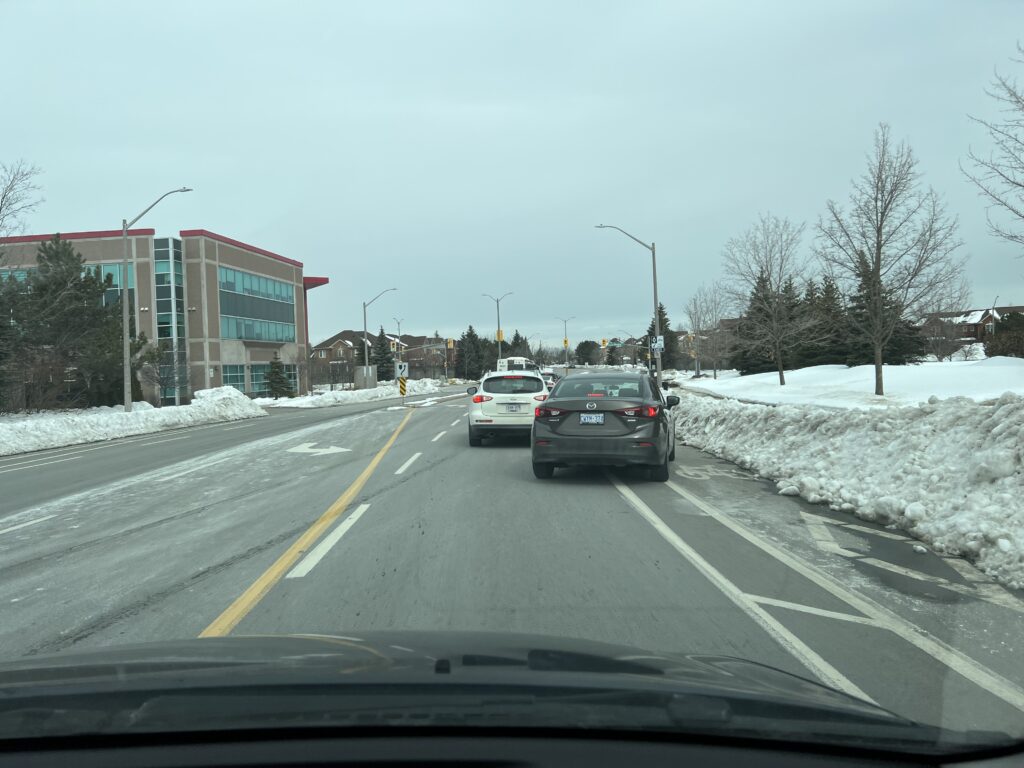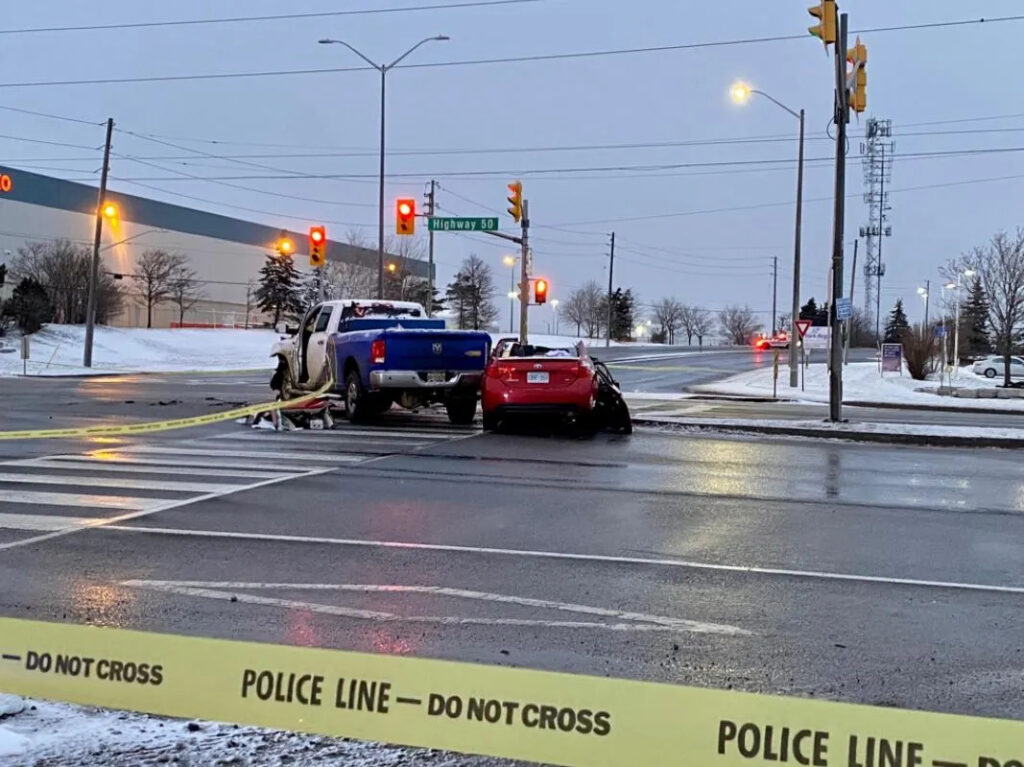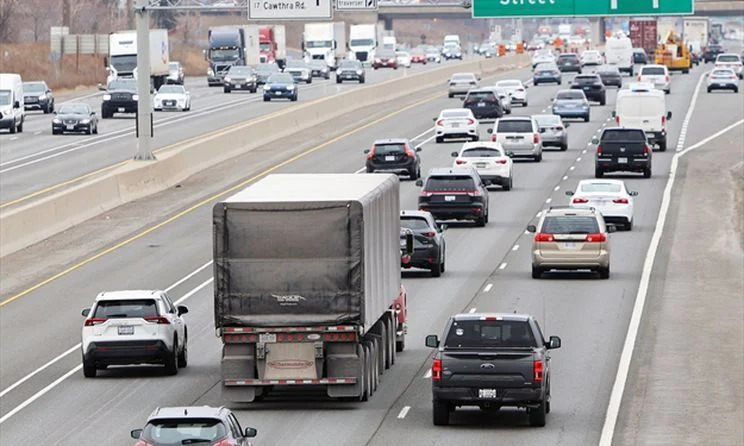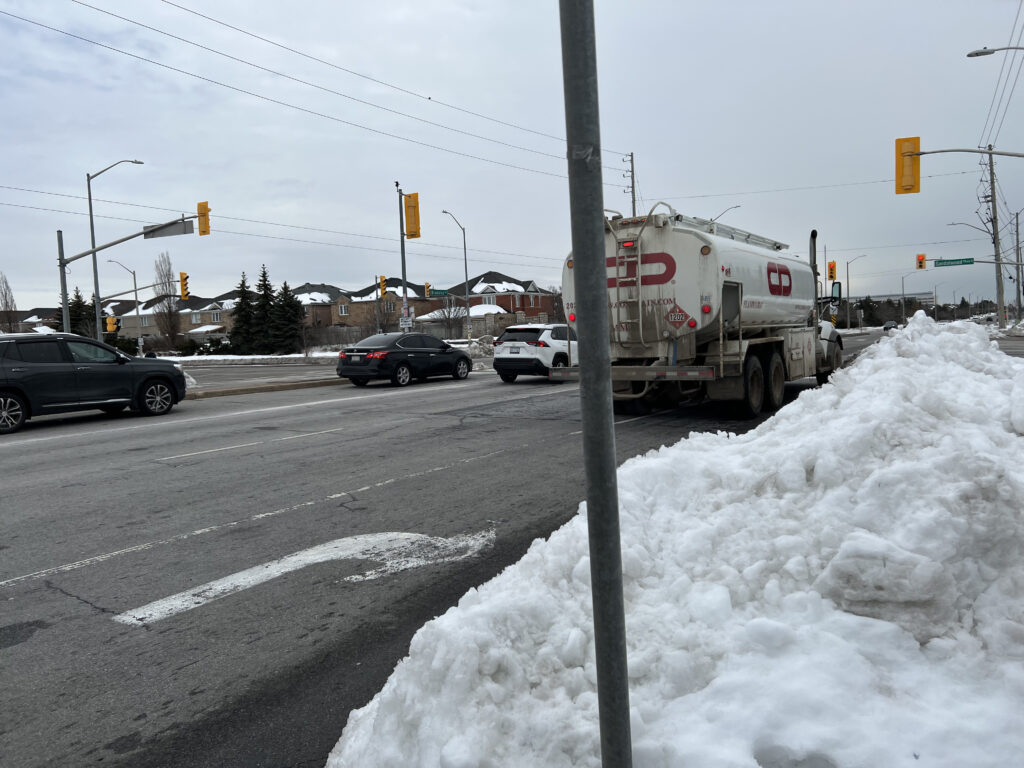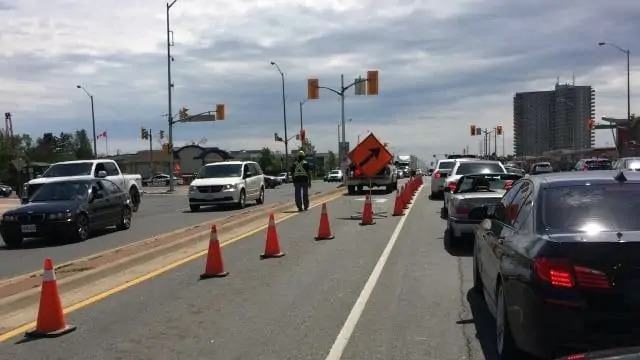By Aria Ipe
In a Wendy’s drive-thru one summer afternoon in 2019, Sneha Patel, who had just begun driving that year in Brampton, Ont., was sitting in the driver’s seat of her sister’s black Toyota SUV. She was at a complete stop waiting for her order when, out of nowhere, an old, boxy beige car rear-ended her so hard that the SUV she was driving lurched forward. It was Sneha’s first accident since getting her license and there was no visible damage, so she decided to let it go. However, she had a tough time moving on from that experience. “I was overthinking. What will happen on the road if someone hits me?” she said. “For a week, I was really scared to drive because of how hard he hit me.”
Incidents like these, coupled with Brampton’s famously high insurance rates, make it of little surprise that the city’s drivers are commonly flagged as the worst in the GTA. This is a stereotype most drivers in Brampton have heard before. Bad drivers are a frequent topic on the Brampton subreddit and in various subreddits about why people dislike Brampton. But what lies beneath the jokes about Brampton’s bad drivers? According to the 2021 census, more than 81 per cent of Brampton’s population consists of visible minorities. Most of these Bramptonians are South Asian, including nearly 160,000 from India, leading to a lot of jokes regarding these racialized drivers.
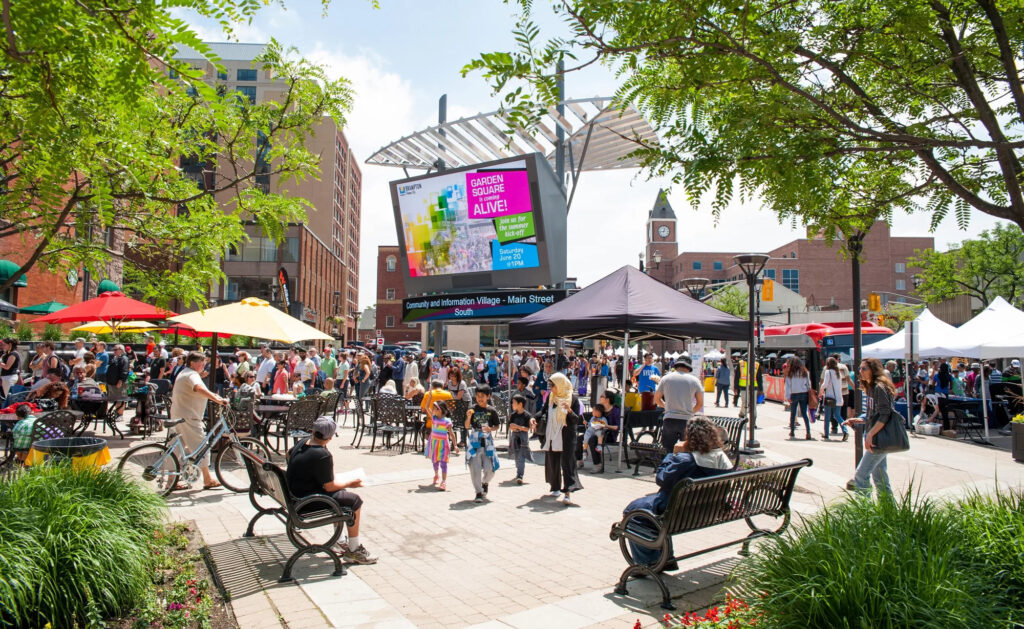
Brilliant Drivers driving instructor Ratish Saini has 20 years of experience on the roads in Brampton. He sees two key factors as the cause of new drivers’ difficulties on the roads. “Infrastructure and roads are not comparable to the population growth in Brampton happening in the last five to seven years,” he claimed. “The other reason is there is a lack of training. I believe that the government is to be blamed for that. When COVID-19 happened, the driving test centres were closed. There were no tests going on and no driving instructors. To take care of that backlog, the government has changed some rules in the road test procedures.” The G test, which is the final road test necessary to officially become a licensed driver in Ontario, has been modified and, according to Saini, now takes just half as long to complete.
It may be true both that there are a lot of accidents in Brampton and that a lot of immigrants live there, but those truths don’t necessarily point to a lack of driving skills amongst South Asians. Saini says the culprit is actually a lack of testing in the licensing process. Saini describes the testing for immigrants with licenses from other countries to include: driving down three to four intersections, passing a couple of stop signs, doing a few lane changes and somewhat observing the conditions of the road. If they manage alright, they can snag a G without any G2 testing.
A former driving student of Saini recently came to him for help getting a G licence for his brother. Without even starting his lessons, he had already booked a car for rental. “You can see from that how people are feeling. How easy it is to just get a license and start driving,” he remarked.
William Dewson, a supply-transporting truck driver from Brampton, agrees that immigrant drivers are not being properly trained. “I’ve been down to the Philippines, that’s where my wife’s from, and they drive like how the people drive here.”
Drivers coming from other countries are, however, used to different rules – and even different types of roads. Road conditions in certain South Asian and Southeast Asian countries have been neglected for so long, the United Nations has recently decided to step in, prioritizing creating more rules and regulations due to the high fatality rate on the road. The World Health Organisation considers some nations, such as India, Thailand, and the Philippines, to have poor enforcement of traffic laws and regulations on the roads. Then there’s weather conditions. Prior to arriving in Canada, the majority of South and Southeast Asian countries never experienced snowfall or icy roads.
Dewson feels that driving in Brampton in the past couple of years has become very frustrating. From getting cut off on a regular basis, the 69-year-old man believes that driving here is taking a toll on his health, causing him stress and panic when he’s on the road. “Nobody wants to come here,” he said.
However, Saini believes new immigrants shouldn’t be blamed for urgently wanting to get a car, as it’s often a necessity for life in Brampton. Most of his newly immigrated students are enrolled in college and working part-time jobs to cover their tuition. “They need the movement between college, work, and home. So a car is the best thing they can have,” he explained.
He went on to say that, rather than having blame placed on immigrants, the Ontario government should take responsible for allowing these regulations to be in place. He explains the government introduced the modified G test to resolve the backlog but has not removed it since, despite its initial goal being achieved. He thinks the modified G test is still permitted because it generates more revenue for the government as it allows for more testing due to the shortened time. “If you tell somebody that they need five to seven lessons, people get reluctant to go to that particular driving school. They will just go to a different one,” Saini said.
Sneha Patel is Canadian-born. However, because she is South Asian, she’s often assumed to be a bad driver due to the stereotype. “Whenever I tell my friends or anyone that I’m from Brampton, they ask, ‘how is it like living there with the worst drivers?’ And they think I can’t drive properly,'” she said.
Nancy Maliacal was born in India and lived in Brampton for 23 years. She has driven in both Canada and India. Being an immigrant driver, she strongly disagrees with this stereotype and believes it’s rooted in racism. If anything, she believes it’s admirable that so many newcomers are able to adjust to the roads in Brampton given that everything is switched around. In India, the wheel is on the other side and they drive in the opposite direction.
Due to the condition of the roads in India, Maliacal thinks that driving there teaches skills that drivers born in Canada lack. “The roads are so narrow. You have to learn to navigate in that small space without hitting anything. With the kind of roads and the population density in India, you cannot drive at such high speeds except for the highways. You can’t drive at the speed that we drive here,” she explained.
She explains that pedestrians in India do not follow the same rules as Canadians. They jump across the street where there are no dividers. So, if you are a driver, you learn to go slow or at a speed that will allow you to come to a complete stop within an instant. She believes that since there are fewer regulations on Indian roads, immigrants from India actually have a better sense of alertness and awareness of their surroundings when driving.
Maliacal acknowledges that since COVID-19, drivers have gotten worse. This year, on a chilly March afternoon, she was ready to make a turn while driving down her neighbourhood street when she saw another car slowly travelling between two lanes, she assumed attempting to cut her off. When she finally passed the car and peeked inside, she noticed the driver: an elderly white man. But she knows when people say Brampton has the worst drivers, they’re not referring to people like him.

